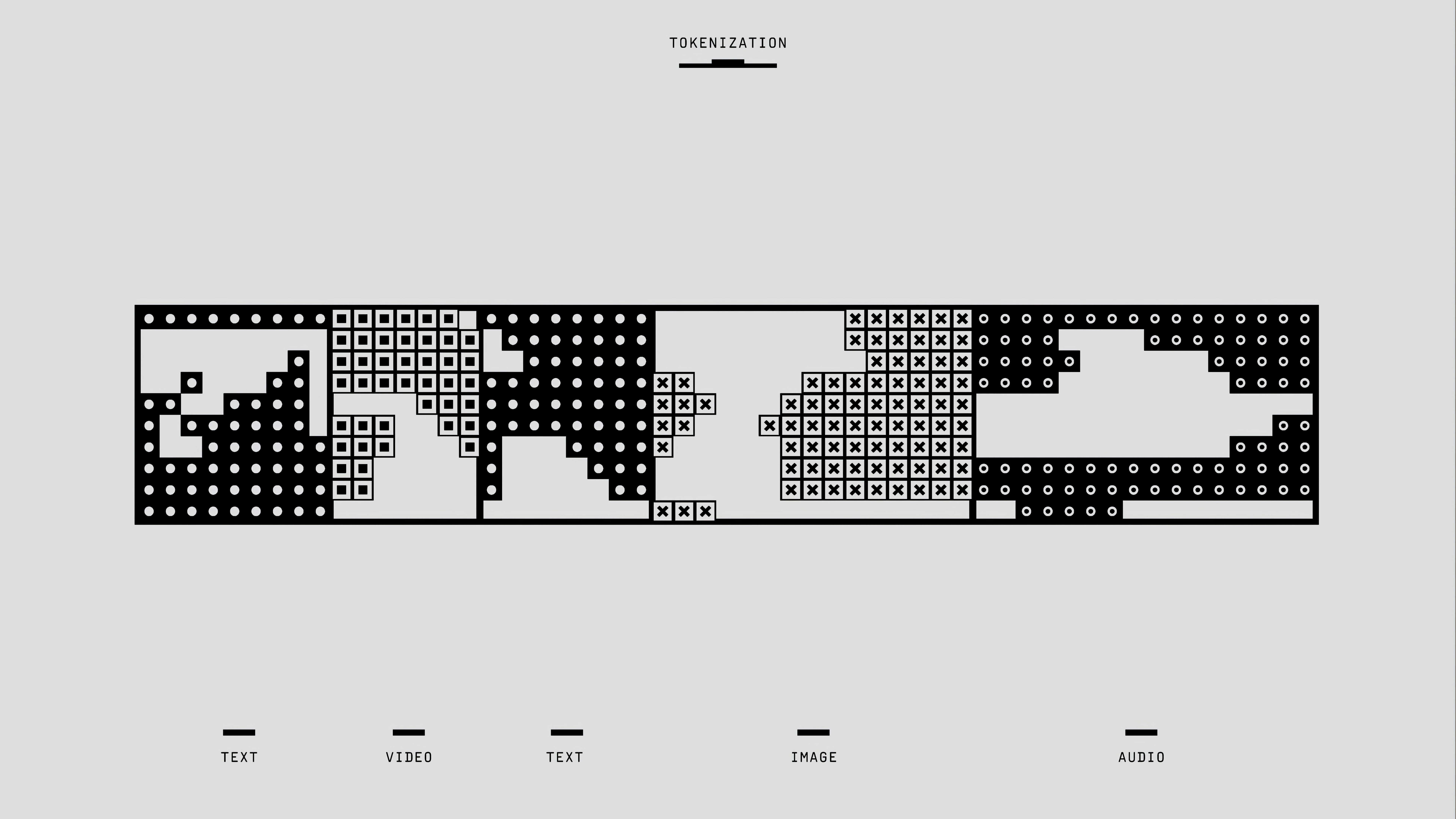
How to Build a Semiconductor CV That Stands Out
A well-crafted CV is crucial for landing a job in the competitive semiconductor industry. Employers look for candidates with a strong technical foundation, hands-on experience, and expertise with industry-standard tools and processes. This guide offers tailored advice to help you create a CV that highlights your qualifications and makes you stand out to recruiters.
Key Sections to Include in Your Semiconductor CV
1. Contact Information
What to Include
Full name
Professional email address
Phone number
LinkedIn profile or personal portfolio website (if available)
Tips
Ensure your LinkedIn profile is up to date and aligns with your CV.
Use a professional email address, avoiding informal handles.
2. Professional Summary
What to Include
A concise overview of your experience and career goals.
Mention key skills and tools relevant to semiconductors.
Example “Experienced Semiconductor Design Engineer with 5+ years of expertise in circuit simulation, SPICE modeling, and semiconductor fabrication processes. Adept at using tools like Cadence and Synopsys to deliver high-performance designs. Seeking to contribute to innovative chip development in a dynamic team environment.”
3. Skills Section
Highlight your technical skills prominently, as they are crucial in the semiconductor industry.
Technical Skills to Emphasise
Proficiency in simulation tools: SPICE, Cadence, Synopsys
Knowledge of semiconductor manufacturing processes: lithography, etching, doping
Circuit design and layout expertise
Familiarity with cleanroom protocols
Programming languages: Python, MATLAB, Verilog, VHDL
Soft Skills to Include
Problem-solving
Teamwork and collaboration
Attention to detail
Time management
4. Work Experience
How to Structure This Section
Job Title
Company Name, Location
Dates of Employment (Month/Year - Month/Year)
Bullet points detailing key responsibilities and achievements
Example Semiconductor Test Engineer
XYZ Corporation, Cambridge
Jan 2020 - Present
Developed and executed comprehensive test plans for integrated circuits, reducing time-to-market by 15%.
Utilised SPICE and LabVIEW to simulate and validate circuit performance.
Collaborated with cross-functional teams to troubleshoot and resolve manufacturing defects.
Tips
Use action verbs such as "designed," "implemented," "optimised," and "collaborated."
Quantify achievements where possible (e.g., "improved yield by 10%").
5. Education
What to Include
Degree Title
University Name, Location
Graduation Date (or Expected Graduation Date)
Relevant coursework or projects
Example MSc in Microelectronics Engineering
University of Southampton, Southampton, UK
Graduated: July 2022
Relevant coursework: Advanced Semiconductor Devices, VLSI Design, Nanotechnology
6. Projects Section
Showcase technical projects that demonstrate your skills and experience.
What to Include
Project Title
Brief Description
Tools and Technologies Used
Outcome or Achievement
Example Low-Power Microprocessor Design
Designed and simulated a low-power microprocessor using SPICE and Cadence tools.
Reduced power consumption by 25% while maintaining performance metrics.
Presented findings at the university’s annual engineering symposium.
7. Certifications
Include certifications that validate your expertise and make you stand out.
Examples
Cadence Certified Design Engineer
Synopsys Certified User
IPC Certification in Electronics Assembly and Design
8. Additional Sections (Optional)
Awards: Highlight relevant academic or industry recognitions.
Languages: Mention programming or spoken languages if relevant.
Hobbies/Interests: Include this only if it adds value to your application.
Tailoring Your CV for the Semiconductor Industry
1. Customise for Each Role
Use keywords from the job description to tailor your CV.
Highlight specific tools and processes relevant to the position.
2. Showcase Hands-On Experience
Focus on internships, co-op programs, or research projects related to semiconductors.
Detail your involvement in cleanroom environments or fabrication processes.
3. Emphasise Problem-Solving Abilities
Include examples of how you’ve identified and solved technical challenges.
4. Highlight Collaboration
Mention experiences where you worked in cross-functional teams to achieve project goals.
Tips for Formatting and Presentation
Length: Keep your CV to one or two pages.
Font: Use a professional font like Arial or Times New Roman.
Spacing: Ensure consistent spacing and clear headings.
Proofread: Check for typos, grammatical errors, and formatting inconsistencies.
Conclusion
Creating a standout semiconductor CV requires a strategic approach that highlights your technical expertise, hands-on experience, and problem-solving abilities. By tailoring your CV to the specific role and showcasing relevant projects, tools, and certifications, you can position yourself as a top candidate in the competitive semiconductor industry.
Start exploring exciting opportunities in semiconductors today at www.semiconductorjobs.co.uk


